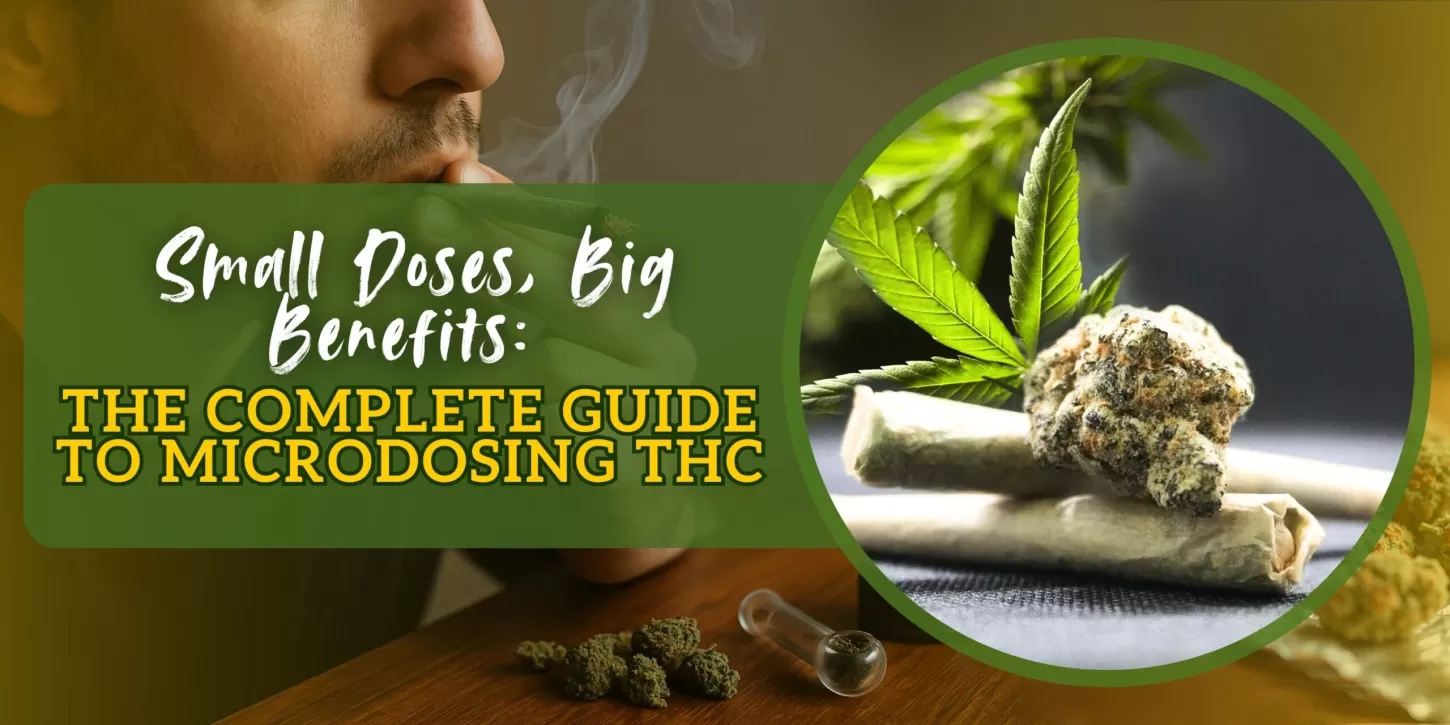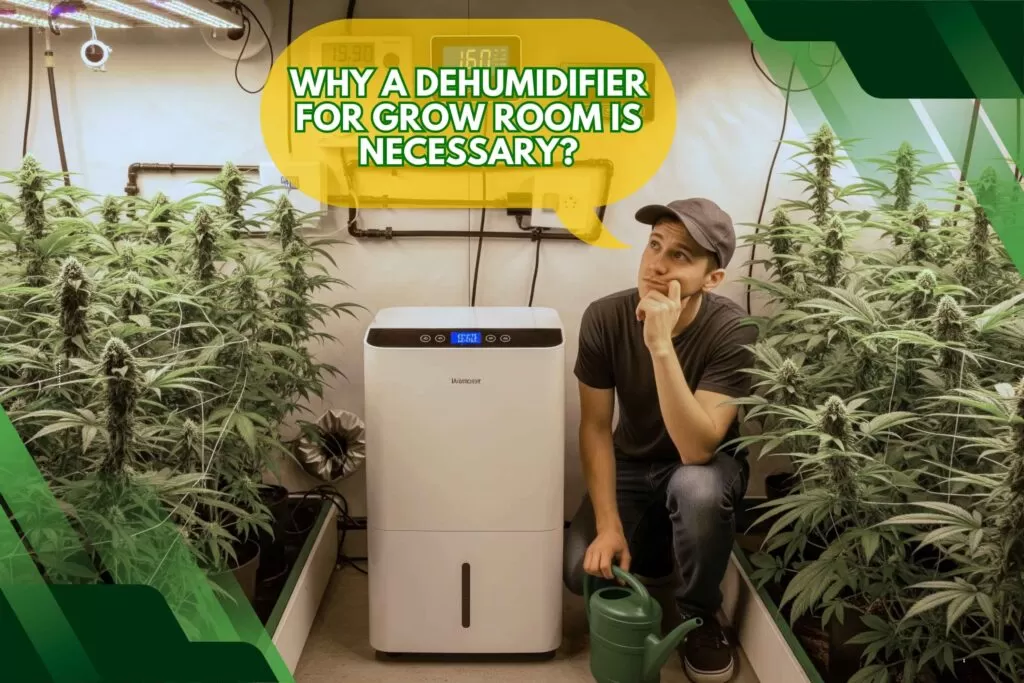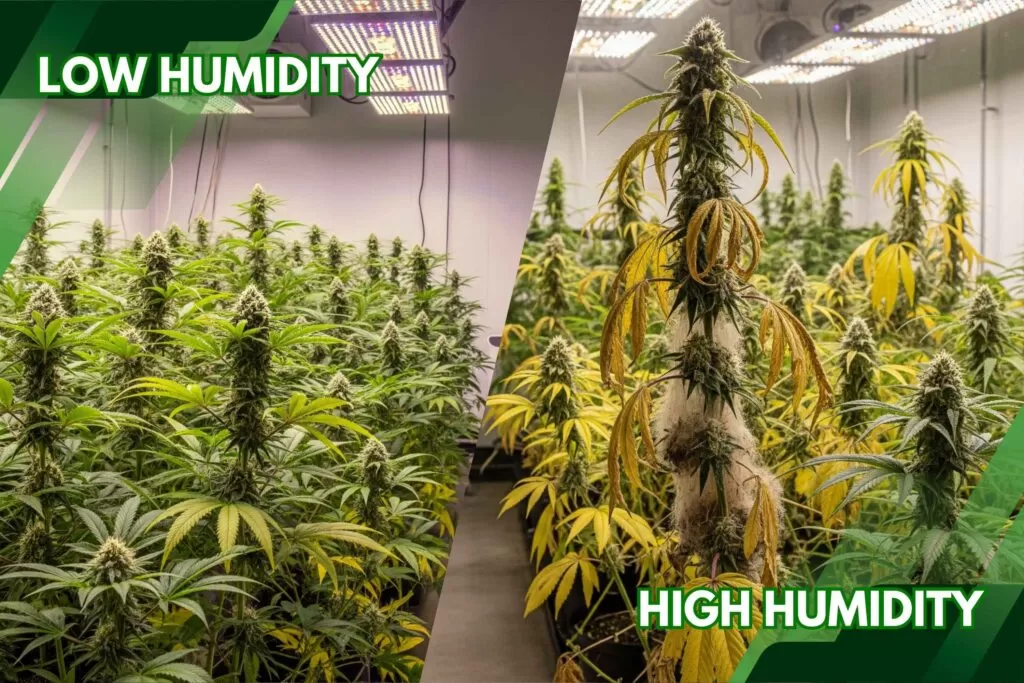
Home / Dehumidifier Weed: Make Your Buds Fresh and Mold-Free!
Indoor growing of weed requires the proper humidity level — and that’s where a dehumidifier weed setup comes in. Excessive humidity will turn your gorgeous buds into a mushroom mess, ruining your work. That’s why smart growers use equipment like a grow tent dehumidifier to have an optimal environment.
A dehumidifier weed system pulls excess moisture from the air, creating the perfect scenario for healthy, happy plants. Whether you are growing a small personal plant or running an entire indoor operation, humidity control can make a gigantic difference in the quality of your finished product. Throughout this blog post, we’re going to explore why you need it, how a dehumidifier grow tent works, and the ways in which it enables you to grow a top-shelf bud every time. Goodbye mold and hello sticky, tasty harvests!

It doesn’t just take using the best seeds and consumables to develop cannabis indoors; it also demands the perfect setting. One of the most significant elements in maintaining a healthy and productive indoor garden is humidity control. That is where a dehumidifier for grow room setups steps in as an absolute must-have tool in any indoor producer’s toolkit. Whether you are an experienced grower or simply a beginner looking to get started, knowing about humidity control can be the difference between success and failure for your plants.
In this article, we’re going to talk about why a grow room dehumidifier is so important, how it works, and how to choose the right one for your grow room — especially if you’re growing cannabis. Let’s get started.

Humidity is extremely crucial for plant health, especially for plants that adore humidity such as cannabis. When the humidity is too high, it becomes a breeding ground for pests, mildew, and mold. On the other hand, if the air dries out too much, your plants will stress out, resulting in stunted growth and low yields.
Cannabis plants release moisture naturally as part of a process called transpiration. This adds water vapor to air in your grow room, thus raising humidity. This excess humidity is harmful to your plants and also jeopardizes your whole grow operation if it’s not avoided.
A cannabis dehumidifier provides the perfect balance, keeping your plants healthy and productive throughout every phase of their growth cycle.
If you’re growing cannabis indoors, keeping an eye on humidity isn’t optional — it’s a must. High humidity can lead to several problems in your grow room:
Utilizing a cannabis dehumidifier minimizes these risks by drawing out excess moisture from the air, maintaining your plants in a healthy and balanced state.
A grow room dehumidifier is specially made to control indoor humidity by extracting water vapor from the air. The unit draws in humid air, circulates it through cold coils that condense the water, and then expels dry air back into space.
There are two primary types of dehumidifiers utilized in grow rooms:
Both models work well, but the conditions and size of your room will decide which is best for you.
Not all dehumidifiers are created equal, particularly when it comes to growing cannabis. Here’s what you need to look for when choosing a dehumidifier for cannabis grow rooms:
1.Room Size: Take the size of your grow area in square feet or cubic feet. The bigger the room, the more heavy-duty your dehumidifier will need to be.
2.Humidity Levels: Be aware of your target humidity level. Vegetative plants like cannabis like 40-70% humidity, whereas flowering plants require a lower level of 40-50% to prevent mold.
3.Capacity: Dehumidifiers are measured by how much moisture they can extract in 24 hours (typically in pints or liters). Choose the capacity to suit your room size and humidity load.
4.Energy Efficiency: Operating a grow room demands a lot of energy. Choose energy-efficient units to reduce operating expenses.
5.Built-in Controls: Certain high-end dehumidifiers have humidity sensors and built-in controls that can automatically adjust to keep exact levels, perfect for cannabis cultivators.
Including a cannabis dehumidifier in your grow room system has several advantages:
Prevents Mold and Mildew: Protects your plants from dangerous fungal infections.
Apart from depending upon a dehumidifier for grow room spaces, other helpful practices are keeping humidity in check:
Humidity management is perhaps the most important variable in successful cannabis cultivation indoors. Spending money on a good-quality dehumidifier for grow room configurations is not just for the sake of your plants; it’s all about bringing the best out of them. Maintaining the environment in good condition with the assistance of a specialized cannabis dehumidifier will improve your plant health, prevent mold infection, and increase your yield.
Whether you’re growing a few plants for personal use or managing a larger operation, the right dehumidifier for cannabis makes a huge difference. It ensures that your grow room stays at the perfect balance, giving your cannabis plants the best possible environment to thrive.
1. What is a moisture absorber, and why do I need it in my grow tent?
A moisture absorber is a device or product that helps reduce excess humidity in the air. In a grow tent, it prevents high humidity that can lead to mold, mildew, and unhealthy plant conditions.
2. When should I use a moisture absorber in my grow tent?
Use it when humidity levels rise above your plants’ ideal range — typically over 60-70%. High humidity is common during the flowering stage or in cold, rainy, or poorly ventilated areas.
3. What types of moisture absorbers can I use?
4. Can a moisture absorber replace a dehumidifier?
Not entirely. Moisture absorbers are great for small tents or slight humidity issues, but a dehumidifier is better for larger grow tents or when precise humidity control is needed.
5. How do I know if I need a moisture absorber?
Use a hygrometer to monitor your tent’s humidity. If it consistently stays too high, adding a moisture absorber can help balance it.
6. Where should I place a moisture absorber inside the grow tent?
Place it in a corner or on the floor, near the problem area. Avoid placing it too close to your plants, as it may overly dry out nearby air pockets.
7. How often should I replace or empty a moisture absorber?
It depends on the absorber type and tent humidity levels. Check it weekly — desiccant types need replacing or emptying once full of liquid.
8. Is using a moisture absorber safe for plants?
Yes — as long as it’s non-toxic, plant-safe, and properly placed. Avoid chemical spills or direct contact with soil or plants.
9. What are signs of too much moisture in a grow tent?
10. Can I use multiple moisture absorbers in a grow tent?
Yes — for larger tents or stubborn humidity issues, placing multiple absorbers in different areas can improve moisture control.











Explore a world of possibilities with VancouverSeedBank.ca. Your premier source for premium cannabis seeds, delivering quality, variety, and discreet shipping for a seamless growing experience.


Are You 18 Or Over?
By selecting “Continue”, you confirm that you are at least 18 years of age and legally permitted to access cannabis related content in your region.
By using Vancouverseedbank.ca, you agree to our terms of service.